Home>Furniture & Design>Interior Design Trends>Number Of Urns Allowed In A Burial Plot
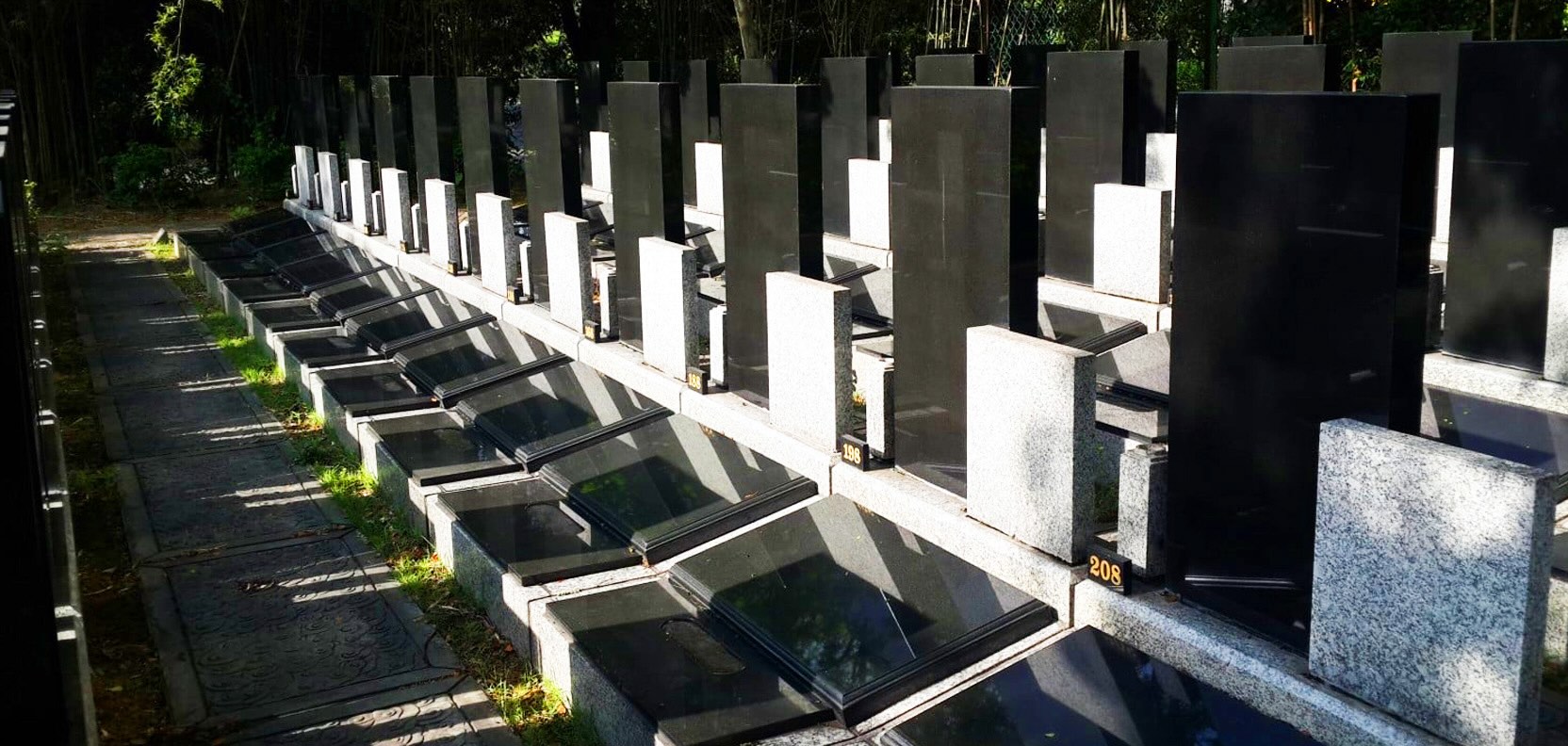

Interior Design Trends
Number Of Urns Allowed In A Burial Plot
Modified: March 2, 2024
Discover the latest interior design trends and learn about the number of urns allowed in a burial plot. Explore our comprehensive guide for valuable insights.
(Many of the links in this article redirect to a specific reviewed product. Your purchase of these products through affiliate links helps to generate commission for Storables.com, at no extra cost. Learn more)
**
Introduction
**
When it comes to honoring the memory of a loved one who has passed away, many families choose to inter their remains in a burial plot. While this is a deeply personal and emotional decision, it is essential to understand the regulations and guidelines surrounding the use of burial plots, particularly in terms of the number of urns allowed. Whether you are considering pre-planning arrangements for yourself or making arrangements for a family member, navigating the rules and regulations can be a crucial aspect of the process. In this article, we will delve into the factors that influence the number of urns permitted in a burial plot, common rules and regulations, as well as exceptions and special cases that may arise. Understanding these aspects will help individuals and families make informed decisions and ensure that their wishes align with the regulations set forth by cemeteries and governing bodies. Let's explore this topic to gain a comprehensive understanding of the considerations involved in the use of burial plots and the placement of urns within them.
**
Key Takeaways:
- Understanding burial plot regulations is crucial for families considering interring urns. Factors like plot size, local laws, and family preferences influence the number of urns allowed.
- Families should be aware of common rules, exceptions, and special cases when interring urns. This ensures compliance with regulations and respects cultural and personal preferences.
Read more: What Is The Burial Depth For Urns
Understanding Burial Plot Regulations
**
Before delving into the specifics of the number of urns allowed in a burial plot, it is essential to grasp the broader context of burial plot regulations. These regulations are put in place to ensure that cemeteries can effectively manage their space, maintain the integrity of the grounds, and uphold the wishes of families and individuals who have purchased plots.
Each cemetery may have its own set of rules and regulations regarding the use of burial plots, including guidelines on the placement of urns. These regulations are typically outlined in the cemetery’s bylaws or rules and regulations document, which is provided to individuals purchasing a plot or their designated representatives. It is crucial to review these regulations carefully, as they can vary from one cemetery to another and may impact the decisions made regarding the use of urns in a burial plot.
Furthermore, burial plot regulations are often influenced by local, state, or national laws governing cemeteries and burial practices. These laws may dictate aspects such as the depth of interments, the type of containers allowed, and the number of interments permitted within a single plot. By understanding these broader regulations, individuals and families can navigate the process of interring urns with clarity and compliance.
Additionally, some cemeteries may have specific sections or areas designated for cremated remains, each with its own set of regulations regarding urn placement and the number of urns allowed. This segmentation allows cemeteries to accommodate the preferences of families who have opted for cremation and ensures that the interment of urns aligns with the overall layout and management of the grounds.
By gaining a comprehensive understanding of burial plot regulations, individuals and families can approach the placement of urns with the necessary knowledge to adhere to cemetery guidelines and regulations while honoring the memory of their loved ones in a respectful and meaningful manner.
**
Factors Affecting the Number of Urns Allowed
**
Several factors come into play when determining the number of urns allowed in a burial plot. Understanding these factors is essential for individuals and families as they navigate the process of interring cremated remains and making decisions regarding the use of burial plots. Below are key considerations that can influence the allowance of urns within a burial plot:
- Plot Size and Configuration: The physical dimensions of the burial plot play a significant role in determining the number of urns that can be interred within it. Smaller plots may have restrictions on the number of urns allowed, while larger plots may offer more flexibility in accommodating multiple urns. Additionally, the configuration of the plot, such as whether it is designed for single or multiple interments, can impact the allowance of urns.
- Cemetery Regulations: As previously mentioned, individual cemeteries have their own set of rules and regulations governing the use of burial plots and the interment of urns. These regulations may specify the maximum number of urns allowed per plot and any additional requirements or considerations for multiple urn interments. It is crucial to consult the cemetery’s guidelines to understand the specific regulations that apply.
- Local Laws and Ordinances: Local ordinances and state laws pertaining to cemeteries and burial practices can also influence the number of urns permitted in a burial plot. These legal considerations may address issues such as plot capacity, the density of interments within a given area, and any zoning or land use regulations that impact cemetery operations.
- Family Preferences and Pre-Planning: The preferences of the deceased and their surviving family members can play a significant role in determining the number of urns to be interred in a burial plot. Pre-planning arrangements may involve discussions about the desired number of urns and the availability of space within the chosen plot to accommodate these preferences.
- Cultural and Religious Considerations: Cultural and religious beliefs and practices can also influence the interment of urns within a burial plot. Some traditions may dictate specific guidelines regarding the placement of cremated remains, including the number of urns allowed within a single plot. It is important to respect and adhere to these cultural and religious considerations when making decisions about urn interments.
By taking these factors into account, individuals and families can make informed decisions regarding the number of urns allowed in a burial plot, ensuring that their choices align with regulations, personal preferences, and cultural or religious considerations.
**
Check with the cemetery regulations on the number of urns allowed in a burial plot. Some cemeteries may allow multiple urns in a single plot, while others may have restrictions.
Common Rules and Regulations
**
When considering the interment of urns in a burial plot, it is important to be aware of the common rules and regulations that govern this process. While specific guidelines may vary between cemeteries and jurisdictions, certain overarching principles and practices are widely observed. Here are some common rules and regulations to consider:
- Maximum Number of Urns: Most cemeteries have specific regulations regarding the maximum number of urns allowed in a burial plot. This limitation is often determined by factors such as plot size, local laws, and the cemetery’s own guidelines. It is essential to inquire about this restriction when making arrangements for urn interments.
- Placement and Positioning: Cemeteries may have requirements concerning the placement and positioning of urns within a burial plot. These regulations can pertain to the depth of interment, the distance between urns, and the use of markers or identifiers to distinguish individual interments. Adhering to these guidelines ensures that urns are interred in a manner that respects the integrity of the plot and facilitates maintenance and future visits.
- Documentation and Authorization: Before interring urns in a burial plot, families may be required to provide documentation and obtain authorization from the cemetery or relevant authorities. This process typically involves completing interment applications, providing proof of ownership or rights to use the plot, and securing any necessary permits or approvals. Compliance with these administrative requirements is crucial for ensuring that the interment proceeds in accordance with regulations.
- Record-Keeping and Identification: Cemeteries maintain detailed records of interments, including the placement of urns within burial plots. Families may be asked to provide information such as the identity of the deceased, the date of interment, and the specific location within the plot where the urn is placed. This record-keeping serves both administrative and commemorative purposes, allowing for accurate documentation and future identification of interred remains.
- Maintenance and Access: Regulations often address the ongoing maintenance of burial plots and the access granted to families and visitors. This may include guidelines on the installation of markers or memorials, restrictions on certain types of adornments or decorations, and provisions for regular upkeep and landscaping within the cemetery grounds. Understanding these maintenance-related regulations is essential for ensuring the long-term preservation and respectful commemoration of interred urns.
By familiarizing themselves with these common rules and regulations, individuals and families can navigate the process of interring urns in burial plots with clarity and adherence to the established guidelines, ultimately honoring the memory of their loved ones in a manner that respects both personal preferences and regulatory requirements.
**
Exceptions and Special Cases
**
While there are general rules and regulations governing the interment of urns in burial plots, certain exceptions and special cases may arise, warranting specific considerations and accommodations. Understanding these exceptional circumstances is crucial for individuals and families as they navigate the process of honoring their loved ones’ memories. Here are some common exceptions and special cases to be mindful of:
- Family Plots and Mausoleums: In some instances, families may have designated family plots or mausoleums where multiple urns can be interred. These private or semi-private spaces may have distinct regulations that differ from those governing individual burial plots. Families should inquire about the specific guidelines and allowances applicable to family plots and mausoleums when considering multiple urn interments.
- Companion Urns: For couples or individuals with close relationships, companion urns or double urns designed to hold the remains of two individuals may be utilized. Cemeteries may have specific provisions for companion urns, allowing for the interment of both individuals within a single receptacle. Understanding the regulations and options related to companion urns is essential for those considering this arrangement.
- Cultural or Religious Considerations: Certain cultural or religious practices may diverge from standard regulations, necessitating accommodations for specific interment customs. For example, some traditions may dictate the placement of multiple urns within a single plot as a customary practice. It is important for families to communicate their cultural or religious preferences to the cemetery staff and seek guidance on adhering to these traditions within the framework of cemetery regulations.
- Pre-Existing Arrangements: In cases where pre-existing burial arrangements have been made, such as the interment of one urn within a plot, subsequent interments may need to align with the terms and conditions outlined in the original purchase agreement. Families should review any existing documentation and consult with cemetery representatives to ensure that additional urn interments comply with the established arrangements.
- Special Dispensations: In certain circumstances, families may seek special dispensations or waivers from specific regulations to accommodate unique requests or extenuating circumstances. Whether due to compelling personal reasons or unforeseen situations, the process of obtaining special dispensations typically involves engaging in open communication with the cemetery administration and, if necessary, seeking legal counsel to explore available options.
By recognizing these exceptions and special cases, individuals and families can approach the interment of urns with a nuanced understanding of the potential considerations and accommodations that may apply to their specific circumstances. Navigating these exceptional situations with clarity and sensitivity ensures that the memory of loved ones is honored in a manner that respects both regulatory frameworks and personal preferences.
**
Read also: 8 Best Urns For Burial For 2024
Conclusion
**
The interment of urns in burial plots is a deeply personal and significant aspect of honoring the memories of departed loved ones. As individuals and families navigate this process, it is essential to understand the rules, regulations, and considerations that impact the number of urns allowed within a plot. By gaining clarity on these aspects, informed decisions can be made, ensuring that the interment aligns with both personal preferences and regulatory requirements.
Understanding burial plot regulations, including the specific guidelines set forth by cemeteries and governing bodies, provides a foundational knowledge base for navigating the interment process. By familiarizing themselves with the regulations governing plot size, positioning of urns, and administrative requirements, individuals and families can proceed with confidence and compliance.
Factors such as family preferences, cultural and religious considerations, and local laws can influence the number of urns permitted within a burial plot. By considering these factors thoughtfully, individuals can make choices that honor the wishes of the deceased and respect relevant cultural and legal frameworks.
Common rules and regulations, such as limitations on the number of urns, placement requirements, and administrative procedures, provide a framework for conducting interments with respect and adherence to established guidelines. By adhering to these regulations, families can ensure that the memory of their loved ones is commemorated in a manner that aligns with cemetery practices and standards.
Furthermore, recognizing exceptions and special cases, such as family plots, companion urns, and cultural practices, allows for a nuanced understanding of the potential accommodations and considerations that may apply to unique circumstances. Navigating these exceptional situations with sensitivity and clarity ensures that the interment process reflects the personal and cultural significance of the urns being placed within the plot.
In conclusion, the interment of urns in burial plots is a multifaceted process influenced by regulations, personal preferences, and cultural traditions. By approaching this process with understanding, respect, and a comprehensive awareness of the relevant factors, individuals and families can honor the memories of their loved ones in a manner that is both meaningful and compliant with the regulations and guidelines governing burial plots and urn interments.
Frequently Asked Questions about Number Of Urns Allowed In A Burial Plot
Was this page helpful?
At Storables.com, we guarantee accurate and reliable information. Our content, validated by Expert Board Contributors, is crafted following stringent Editorial Policies. We're committed to providing you with well-researched, expert-backed insights for all your informational needs.

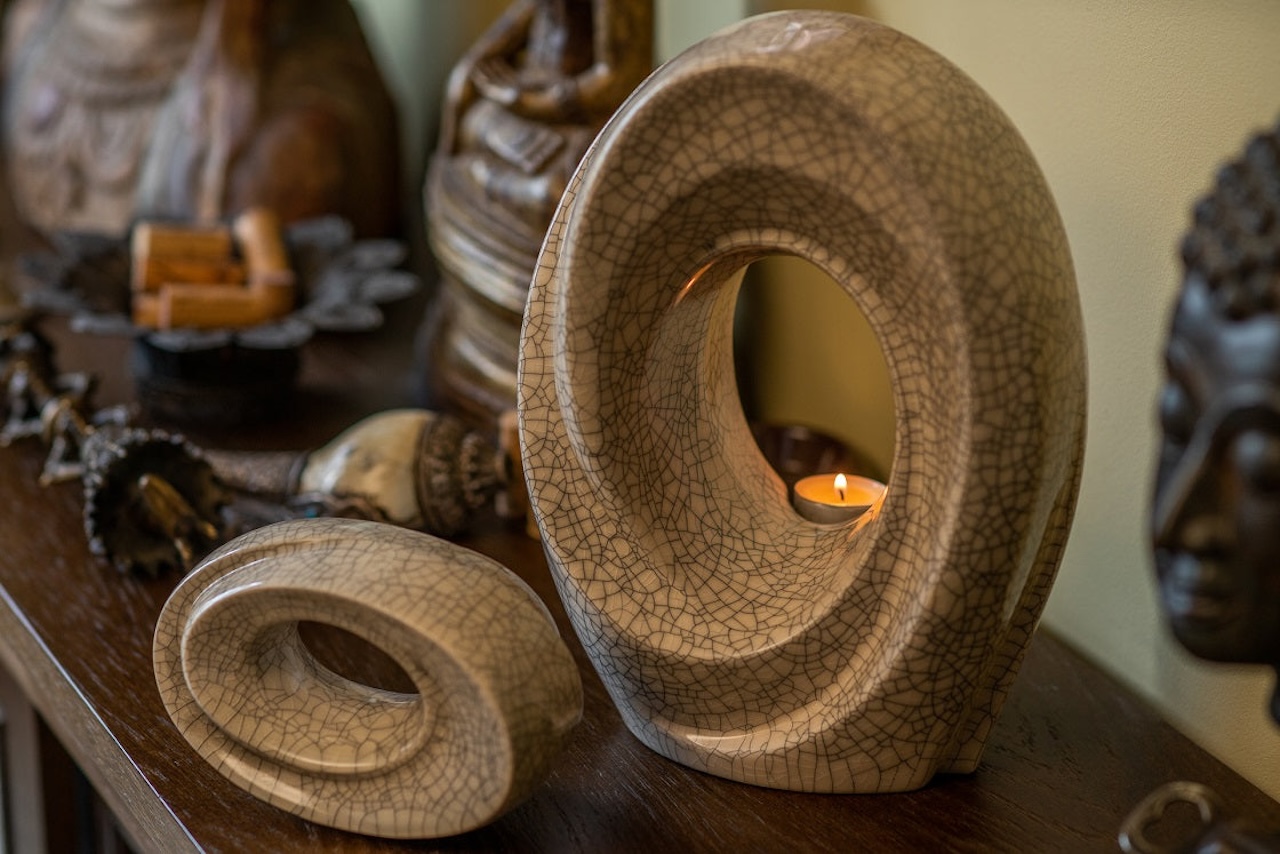
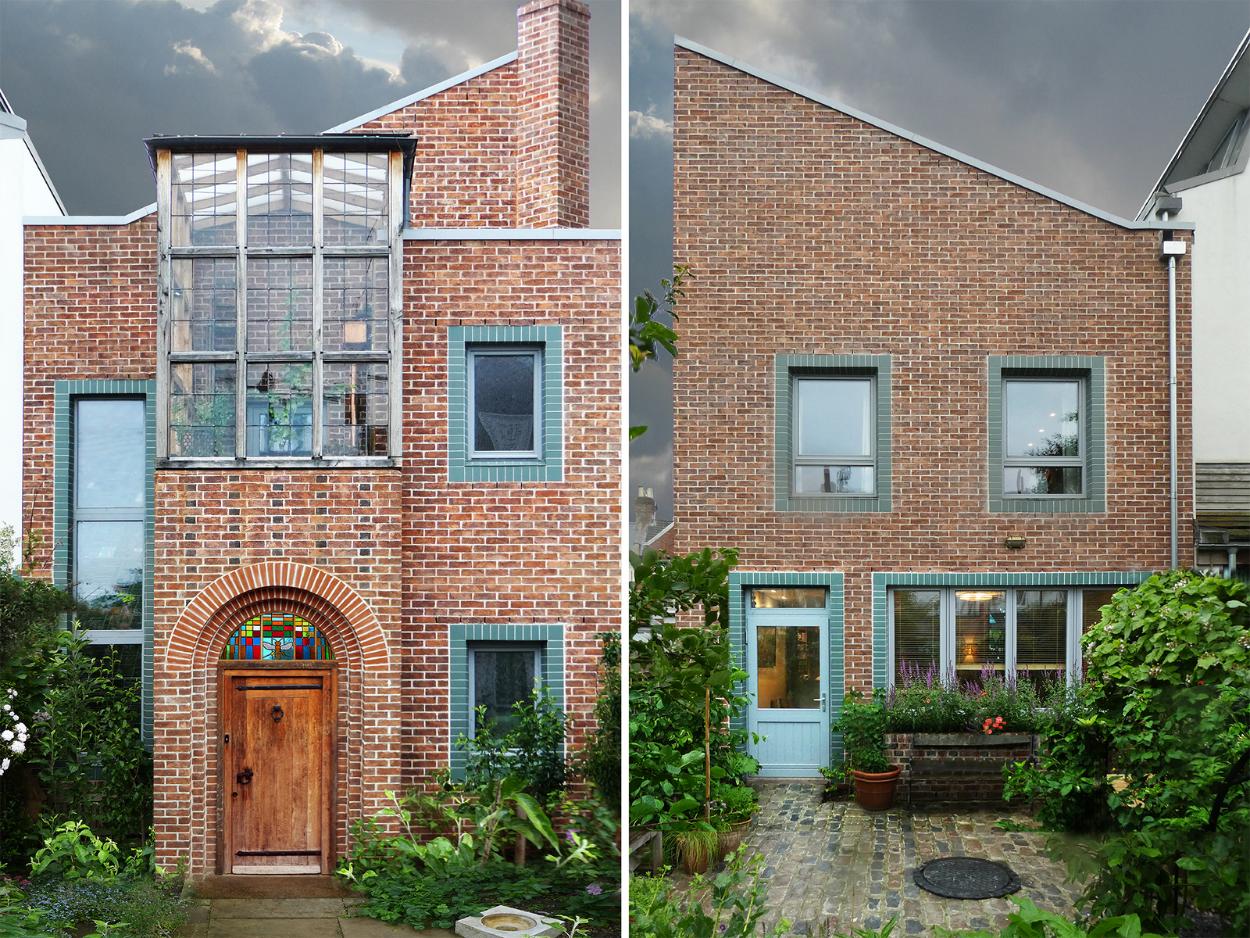




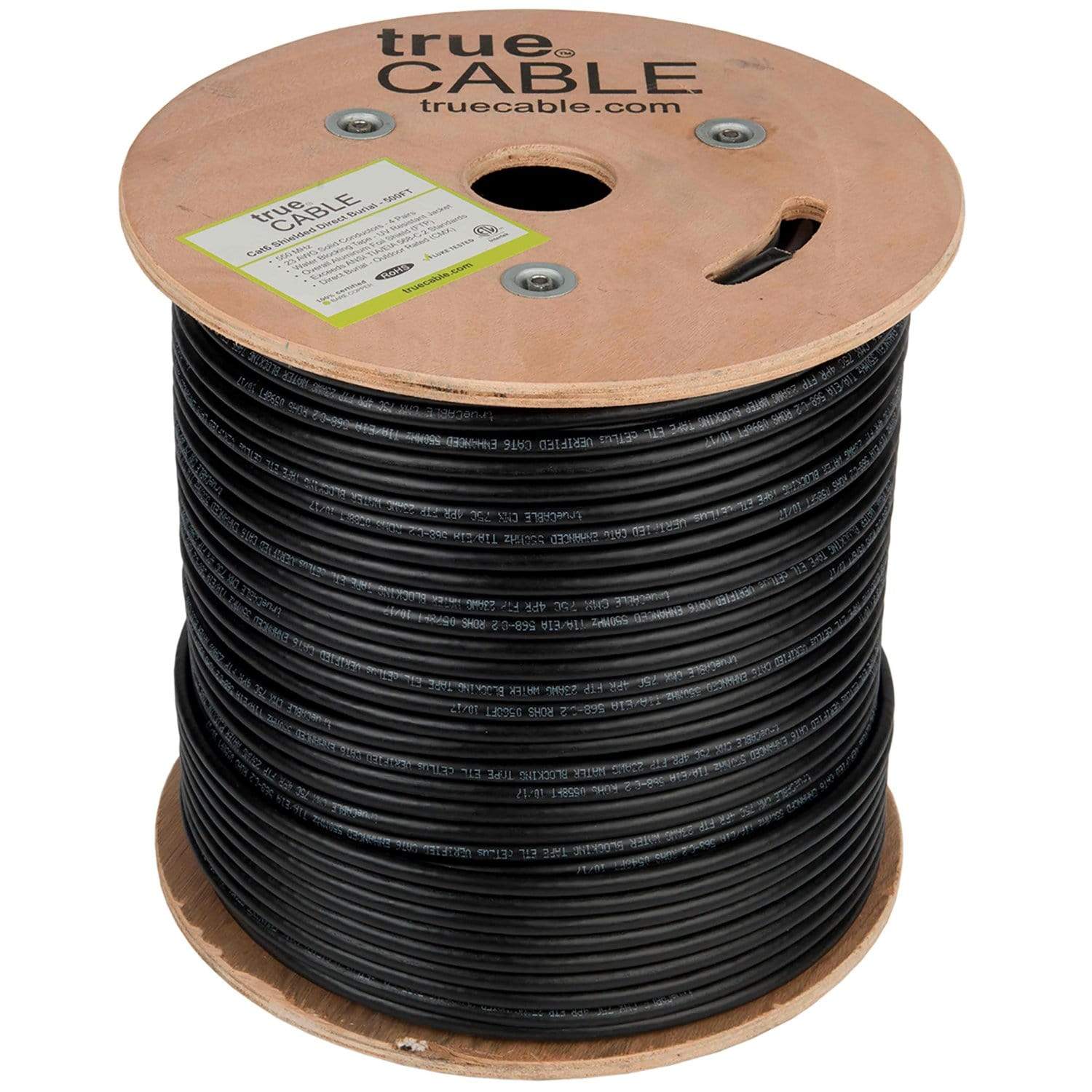
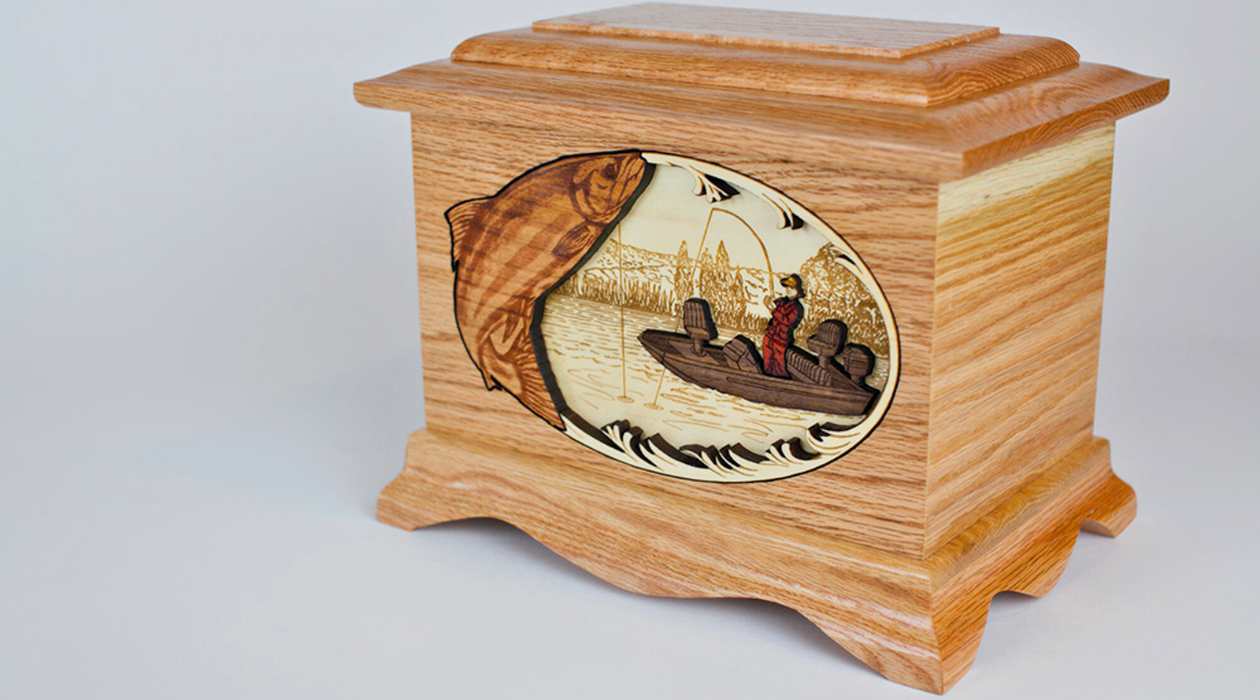
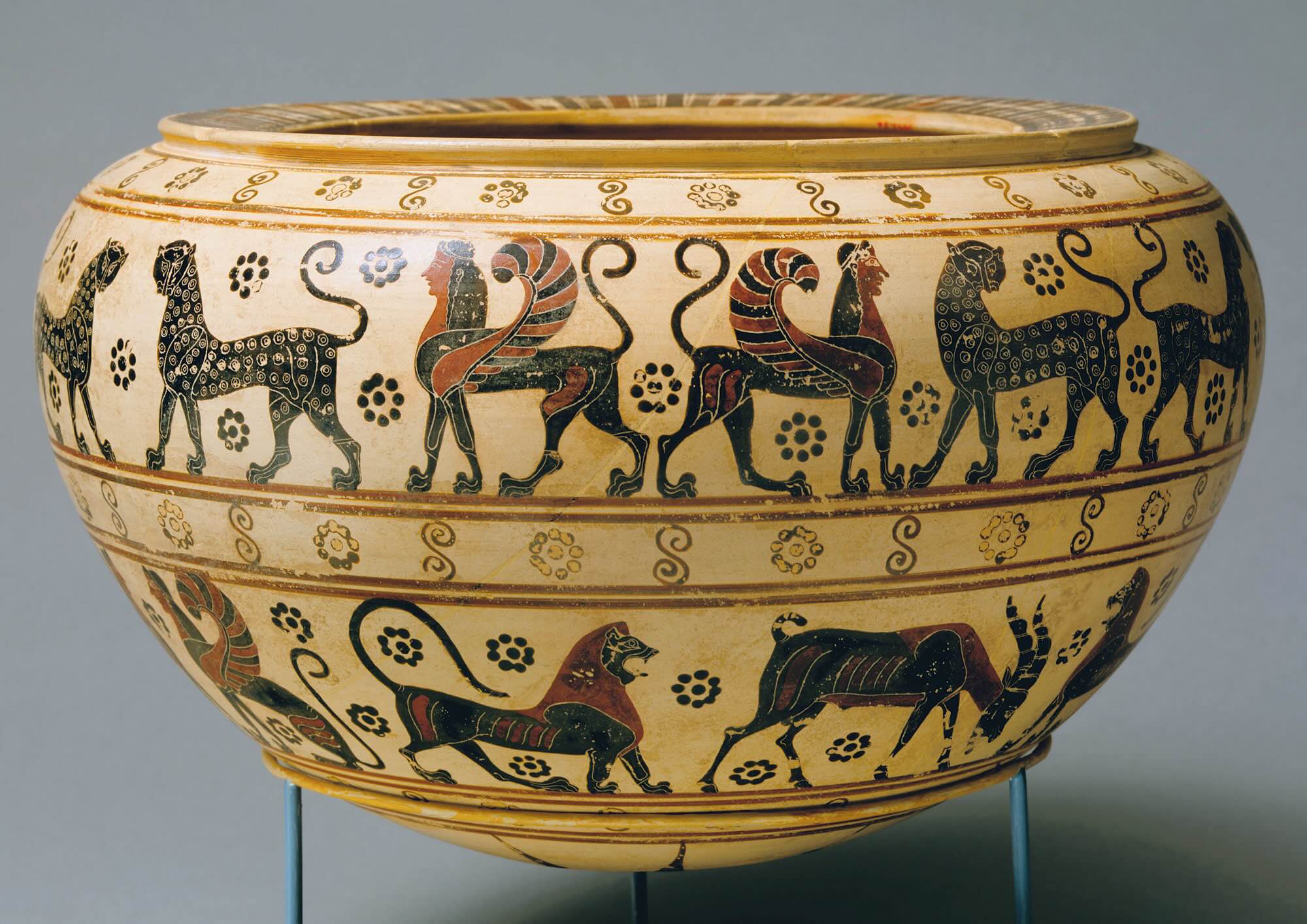


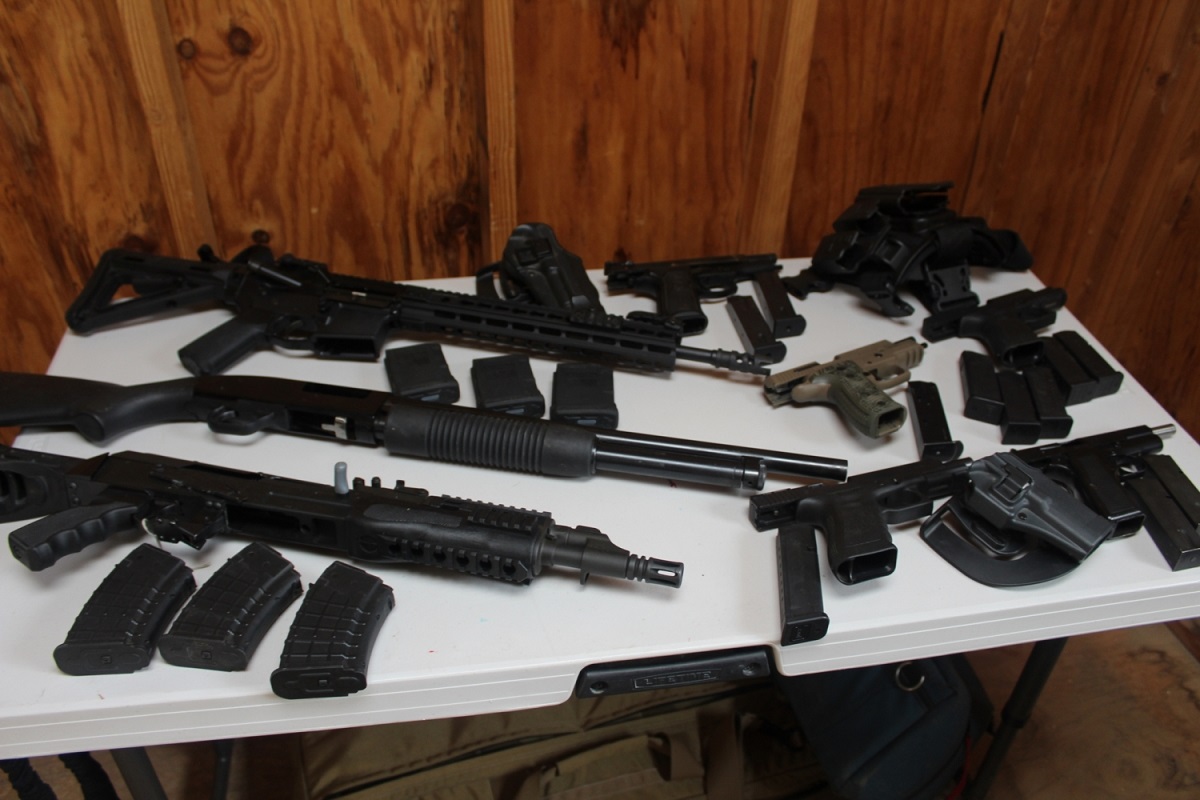


0 thoughts on “Number Of Urns Allowed In A Burial Plot”